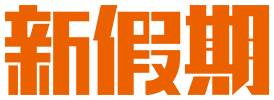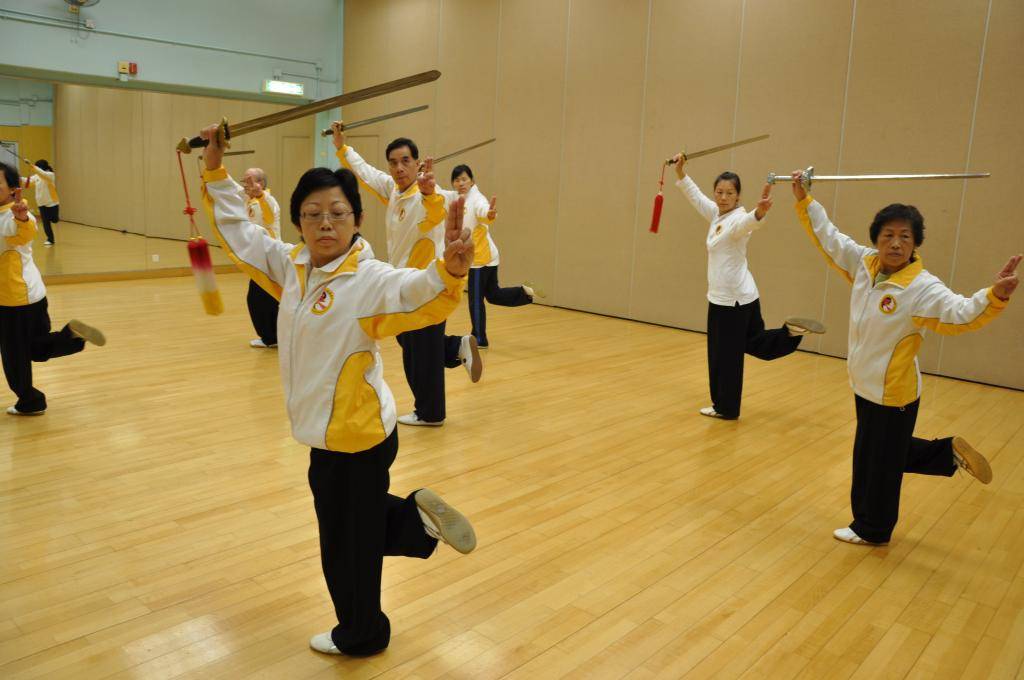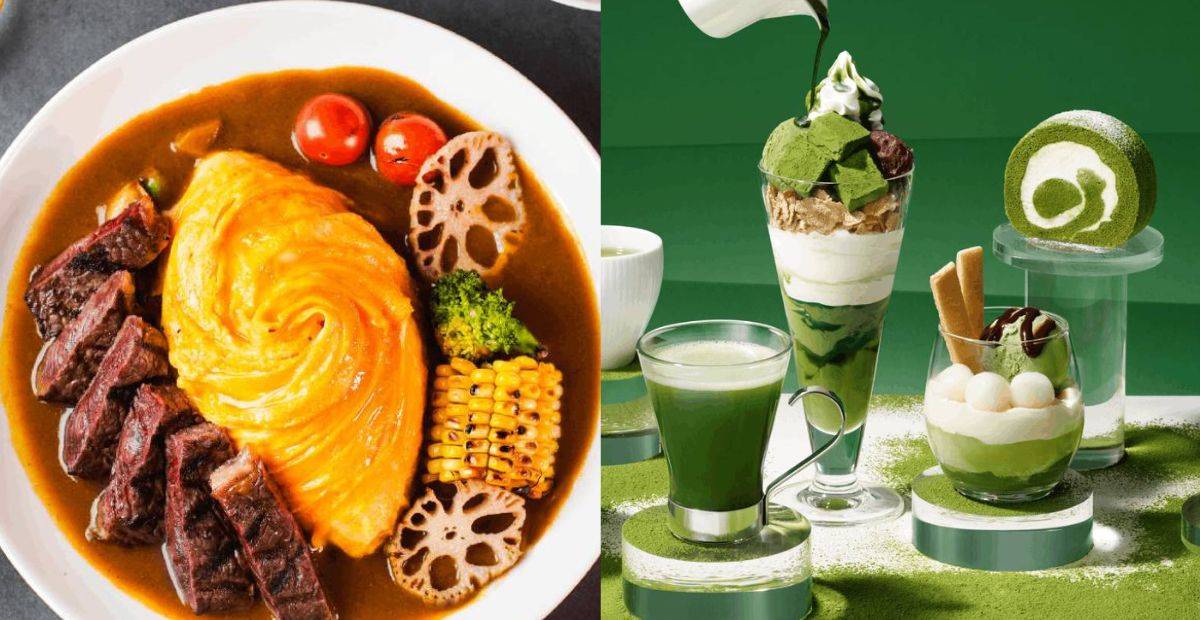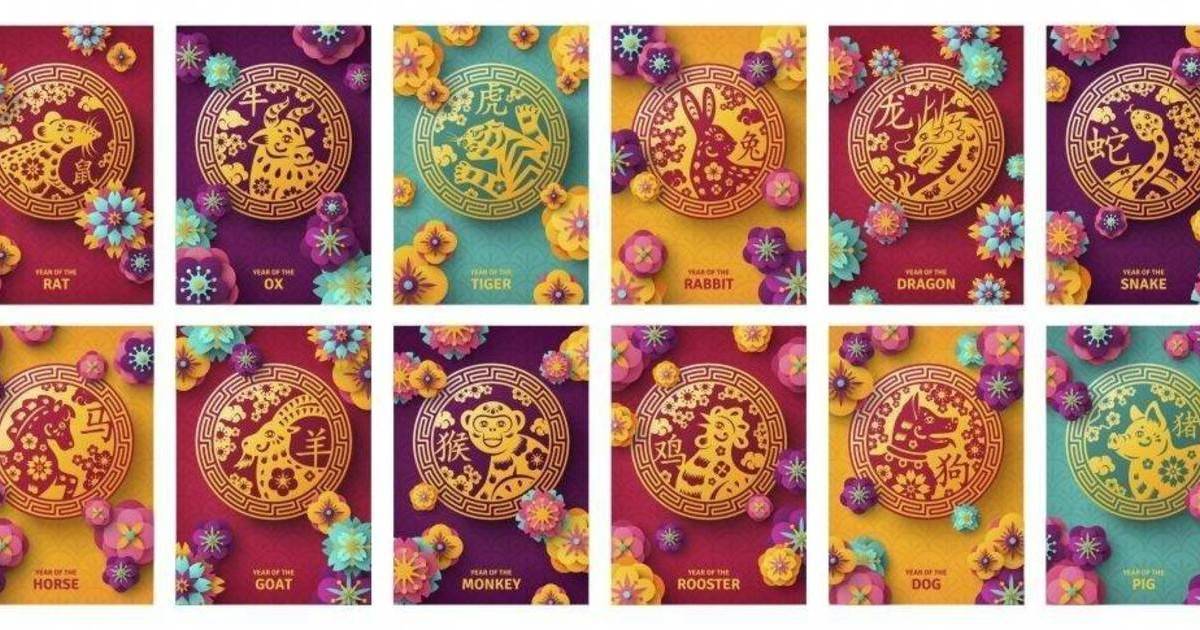Tai Chi Chuan: Ancient Chinese Martial Art for Health and Wellness
Tai Chi Chuan-太極拳
Tai Chi Chuan| Areas
Tai Chi Chuan| Era
Tai Chi Chuan| Historical evolution
Tai Chi Chuan| Events
Tai Chi Chuan| Areas
Hong Kong / No Specific Region
Tai Chi Chuan| Era
Early 20th century to Japanese Occupation
Tai Chi Chuan| Historical evolution
There are multiple theories about the origin of Tai Chi, mainly revolving around Zhang Sanfeng in the Song Dynasty, Wang Zongyue in the Ming Dynasty, and Chen Wangting at the end of the Ming Dynasty and beginning of the Qing Dynasty. The following is a brief introduction to the historical development of some branches of Tai Chi in Hong Kong:Wu Style Tai Chi
Wu Style Tai Chi originated from Wu Quanyou in the Qing Dynasty. In the 1930s, Wu Quanyou’s son, Wu Jianquan, established Jianquan Tai Chi Society in Shanghai. In 1937, he also founded Jianquan Tai Chi Boxing Society with his disciple Wu Gongyi to teach martial arts in Hong Kong.Chen Style Tai Chi
Chen Style Tai Chi became popular in Chenjiagou, Henan Province during the late Ming Dynasty and early Qing Dynasty. It was passed down to its eleventh-generation successor Chen Zhenglei by the early 2010s. Chen Zhenglei served as director of Chen-style Taichi Research Institute in Henan Province and was a mentor for Chen-style Taichi at National Sports Academy. One of his disciples named Zhang Jiawei and another named Tam Ka-yee established Hong Kong Chen Zhenglei’s Chen-style Taichi Martial Arts Academy in Sheung Wan area of Hong Kong Island.Fu Style Tai Chi
Fu Style Tai Chi originated from Fu Zhensong during the early years of Republic Era (early 20th century). In 1949, Fu Zhensong’s disciple Sun Baogang settled down in Hong Kong and was invited to teach Bagua Palm at Jingwu Association until 1966 when he started teaching Fu Style Tai Chi as well.Yang Style Tai chi
Yang style tai chi originated from Yang Luchan during Qing dynasty. His grandson Yang Shouchung came to Hong Kongin 1949 initially taught boxing in Yuen Long and later established a school in Wan Chai to teach tai chi in 1953.
Tai Wong Yeh Festival| Events
The content of Tai Chi can be divided into categories such as theory, techniques, and forms.
In terms of theory:
Tai Chi incorporates various concepts, including Confucianism’s “benevolence and righteousness,” Taoism’s “natural way,” and Buddhism’s “compassion.” It contains rich and diverse cultural connotations. In addition, Tai Chi applies principles such as guiding breathing, meridian studies, and sports science to achieve the goals of strengthening the body, promoting health, and nurturing the mind.
In terms of techniques:
Tai Chi places great emphasis on enhancing internal cultivation. Through training in internal breathing methods, inner strength, and inner spiritual temperament, it improves the quality of essence (jing), energy (qi), and spirit (shen). Tai Chi also emphasizes gathering energy while focusing the mind, unifying form with spirit, and combining movement with stillness. It allows for both cultivating internal energy (qi) and training the physical body.
In terms of forms:
Different schools have different sets of forms that each possess their own characteristics. For example, Wu-style Tai Chi has 13 forms as well as 45-Form or 108-Form routines known for their delicate movements and natural flow. Chen-style Tai Chi includes essential 18-forms along with Old Frame or New Frame routines which involve more grappling and striking actions.
What are the health benefits of practicing Tai Chi Chuan?
Practicing Tai Chi Chuan offers numerous health advantages. It strengthens the physical body, promotes overall well-being, and nurtures the mind. Through skillful manipulation of movements, breath control…More Details
What is Tai Chi?
Tai Chi, also known as Tai Chi Chuan, is a traditional Chinese martial art that originated in ancient China. It is characterized by slow and graceful movements, often referred to as forms or routines, that flow seamlessly from one to another. Tai Chi Chuan is not only a martial art but also a holistic practice…More Details








